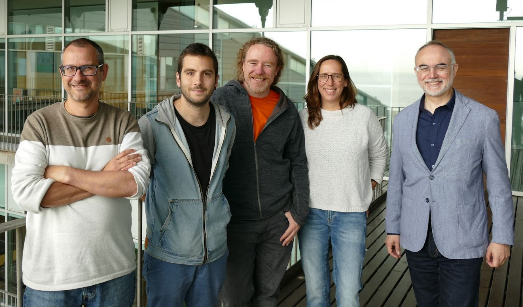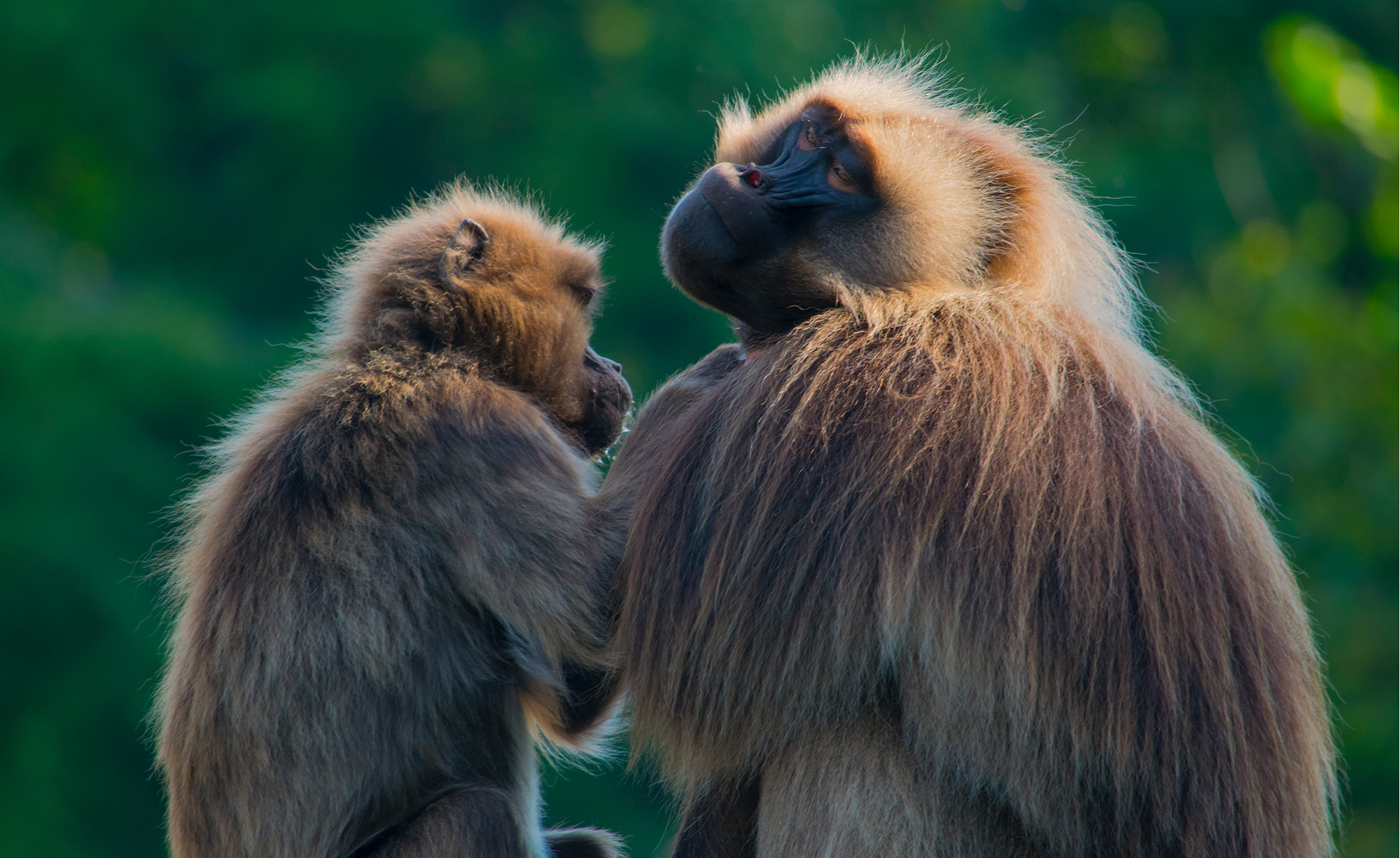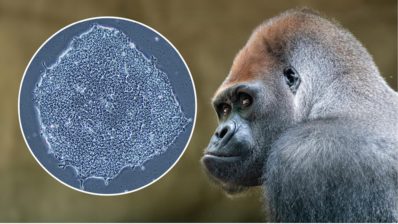The Zoonomia Consortium, formed by 37 international research groups and involving the Institute of Evolutionary Biology (IBE: CSIC-UPF) and Pompeu Fabra University, aims to build the most complete and detailed genomic database of animals to date.
They have recently published their results in two special issues of the journal Science.
- The first one, published at the end of April, included eleven studies based on the sequencing and comparison of 240 mammalian species – four times more than ever before. This was possible thanks to DNA samples collected by more than 50 different institutions around the world.
- The second edition, published in June, has focused specifically on primates, and includes information on 233 species of our closest relatives – almost half of all existing species.
Arcadi Navarro and Tomàs Marquès-Bonet, ICREA research professors, UPF professors and IBE researchers, have been involved in the project and have co-directed some of the studies in the two collections.

Comparing mammals
Mammals are the most diverse group of animals. Even so, the comparison of the genome sequences of 240 mammalian species has allowed scientists to detect dozens of highly conserved regions between species – regions that have not changed in millions of years of evolution, which means that they probably are of vital importance.
These regions do not contain genes, but are regulatory regions of DNA. And unlike protein-coding regions, which are very clearly marked with a beginning and an end, regulatory regions are still largely unknown and difficult to identify.
“Regulatory regions can only be detected systematically by comparing the genomes of different species and observing their evolution. If they are conserved, it is because they are useful; if they disappear, it is because they did not represent an evolutionary advantage”
Arcadi Navarro (IBE)
Indeed, according to these studies, at least 10% of the genome is conserved among mammalian species: more than 4,500 almost identical elements in the genomes of 98% of the species studied.
The consortium has used artificial intelligence to link some of these conserved regions to key traits, such as brain size. Other of the most conserved regions are involved in embryonic development or gene regulation. Those that change the most, on the other hand, are linked to the relationship with the environment: immune response, skin, smell or taste.
Primates: a new window into human evolution and diseases
Regarding the primates collection, it has involved groups of researchers from more than 24 countries. Of the four resulting studies, three have been co-directed by the IBE and the UPF, in collaboration with Illumina and the Baylor College of Medicine in the United States. In addition, 80% of the genomes have been sequenced at the National Centre for Genomic Analysis (CNAG), also in Barcelona.
These primate genomic data will serve to better understand the evolution and biodiversity of this animal subgroup, and will provide clues as to which species are in most urgent need of conservation efforts (as more than 60% of primate species are in danger of extinction).
But they are also an open door to a better understanding of human diseases, thanks also to an artificial intelligence algorithm, PrimateAI-3D, which has been developed by the DNA sequencing company Illumina. This algorithm is a kind of ChatGPT that uses genetic language (DNA) instead of human language.
Comparing the genomes of 233 primate species with the human genome can help identify key genetic variants in many human diseases.
Comparison of all genomes has identified 4.3 million mutations that can alter protein function. These could be used as a basis for studying and identifying key variants in many human diseases, where a group of “mild” mutations act together to cause a complex disease, such as cancer or diabetes.
The new catalogue has also shown that many of what were thought to be genomic innovations unique to humans also occur in other primates. This information should help to better identify which genetic traits make us human and how they have evolved.







